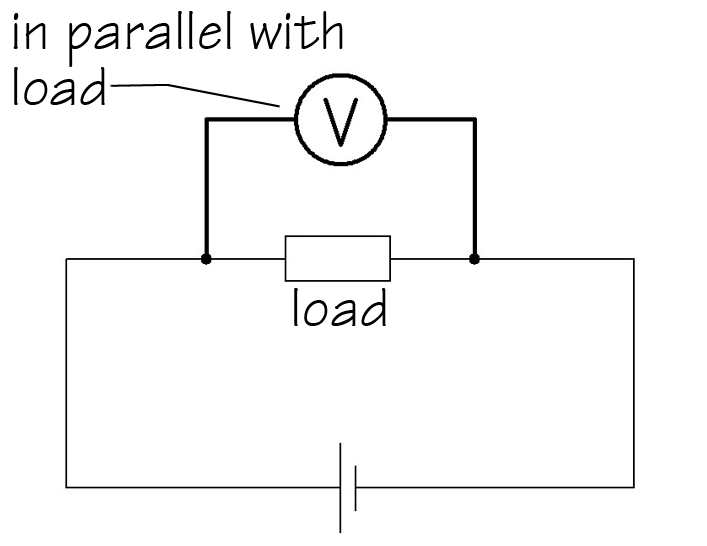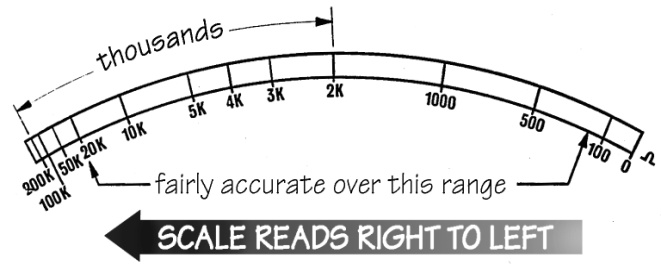
- •Unit 1 the profession of an electrician
- •1. Learn the words
- •2. Make the word combinations.
- •3. Answer the questions.
- •4. What is electricity?
- •5. Did you know?..
- •6. Read the text, translate the words in bold.
- •Unit 2 electrical safety rules
- •1. Learn the words
- •2. Make the word combinations. 3. Find the odd word in each line.
- •4. Learn the safety rules.
- •5. Continue the safety rule.
- •6. Find the English equivalents in b to the Russian words in a.
- •7. Translate into English.
- •8. Read the text and translate it.
- •9. Answer the questions.
- •10. Write a memory card with safety rules for beginners who start working with electricity. Unit 3 electrical measuring instruments
- •1. Do you know
- •3. Make the word combinations.
- •4. Make the sentences out of the given words.
- •5. Learn the following information.
- •6. Answer the questions.
- •7 . Read the text. Translate the words in bold.
- •8. What are the rules of using the following measuring instruments?
- •Match the circuit symbols unit 4 electricity basics
- •Learn the following information.
- •Compare the series circuit and the parallel circuit.
- •Which ammeter correctly measures the current flowing through r1? r2?
- •Which ammeter correctly measures the total current?
- •If the Voltmeter reads 20 V and the ammeter reads 1a solve for the equivalent resistance Req.
- •Read the text.
- •Compare the two types of current.
- •L ook at the pictures and describe them.
- •Draw the scheme of distribution and delivery of electrical current to consumers.
- •Read the text eectrical generator
- •Unit 6 electrical installation work
- •1. Make up the word combinations. B)
- •2. Group the words.
- •3. Read and translate the text.
- •4. Learn the words. Top 12 Electrical Tools
- •5.Read the text and fill in the table. Tools Needed By Electricians
- •6. What work is an electrician doing in the pictures? What tools does he use?
- •7. Translate into English and make up the sentences with these words.
6. Answer the questions.
1. What is the function of a multimeter?
2. What is a concentrator? What does it form?
3. What is the instrument’s coil made from? What is its function in an instrument?
4. What is the scale of an electrical measuring instrument?
5. What should be always done before using an instrument to make measurements?
7 . Read the text. Translate the words in bold.
A) Measuring Current: Ammeters
To measure current, the circuit must be broken at the point where we want that current to be measured, and the ammeter inserted at that point. In other words, an ammeter must be connected in series with the load under test. As it’s very important that the insertion of the ammeter into a circuit has little effect the circuit’s existing resistance and, thus, alter the current normally flowing in the circuit, ammeters are manufactured with very low values of internal resistance.
Because ammeters have a very low internal resistance, it is vitally important that they are never connected in parallel with any circuit component —and especially with the supply. Failure to do so will result in a short-circuit current flowing through the instrument which may damage the ammeter (although most ammeters are fused) or even result in personal injury.
|
Ammeters have a very low internal resistance, and must always be connected in series in a circuit. |
|
B )
Measuring Voltage: Voltmeters
)
Measuring Voltage: Voltmeters
To measure potential-difference, or voltage, a voltmeter must be connected between two points at different potentials. In other words, a voltmeter must always be connected in parallel with the part of the circuit under test.
In order to operate, a voltmeter must, of course, draw some current from the circuit under test, and this can lead to inaccurate results because it can interfere with the normal condition of the circuit. We call this the ‘loading effect’ and, to minimise this ‘loading effect’, this operating current must be as small as possible and, for this reason, voltmeters are manufactured with a very high value of internal resistance —usually many megohms.
|
Voltmeters must always be connected in parallel in a circuit, and have a very high internal resistance. |
|
C )
Measuring Resistance: Ohmmeters
)
Measuring Resistance: Ohmmeters
To measure the resistance of a circuit we use an instrument called an ohmmeter. Ohmmeters also provide a convenient way in which to check continuity —that is, to find out whether there are any breaks in a circuit. When checking continuity, we are usually only interested in observing a deflection, and not necessarily the value of the resistance reading. An ohmmeter works by using its internal battery to pass a small test current through the unknown resistance, and measuring the value of that current: the higher the resulting current, of course, the lower the resistance and vice-versa. Its scale, of course, is graduated in ohms and kilohms.
T he
scale of an ohmmeter differs from that of an ammeter or voltmeter, in
two very
important ways. Firstly, its scale is reversed
—i.e. it reads from right to left— with ‘zero ohms’
corresponding to its full-scale deflection. Secondly, the scale is
non-linear,
with its graduations becoming closer and closer together and,
therefore, more difficult to read, at the higher values of resistance
(i.e. towards the left-hand end of the scale).
he
scale of an ohmmeter differs from that of an ammeter or voltmeter, in
two very
important ways. Firstly, its scale is reversed
—i.e. it reads from right to left— with ‘zero ohms’
corresponding to its full-scale deflection. Secondly, the scale is
non-linear,
with its graduations becoming closer and closer together and,
therefore, more difficult to read, at the higher values of resistance
(i.e. towards the left-hand end of the scale).
When using an ohmmeter, we must always observe the following rules:
Never connect an ohmmeter to a live circuit —a failure to do so will likely result in a burnt-out the instrument, and may cause harm.
Beware of measuring resistance of any component that may be connected in parallel with other components (this is not necessarily obvious), as you’ll end up measuring the combined resistance of all those components! It may be necessary to remove at least one of the component’s connections (e.g. disconnect one end of the resistor from the circuit).
When using a multimeter to measure resistance (or to check continuity), it is important to switch the instrument from its resistance setting when the measurement has been completed. Failure to do so might result in the battery becoming discharged should the test-leads accidentally short circuit during storage.
